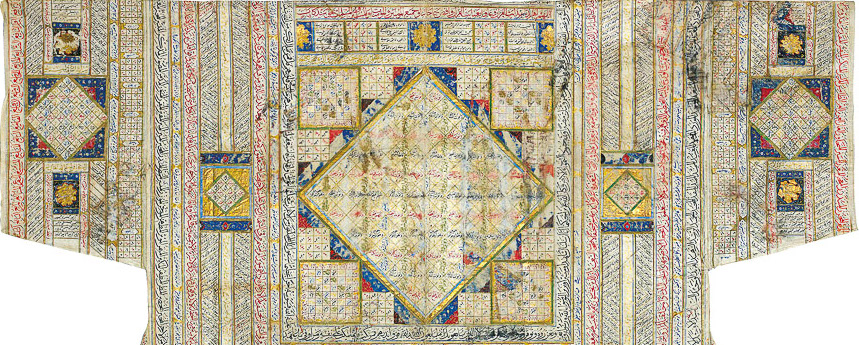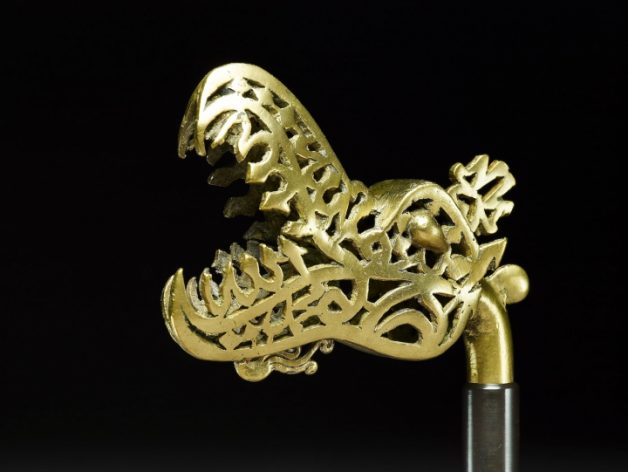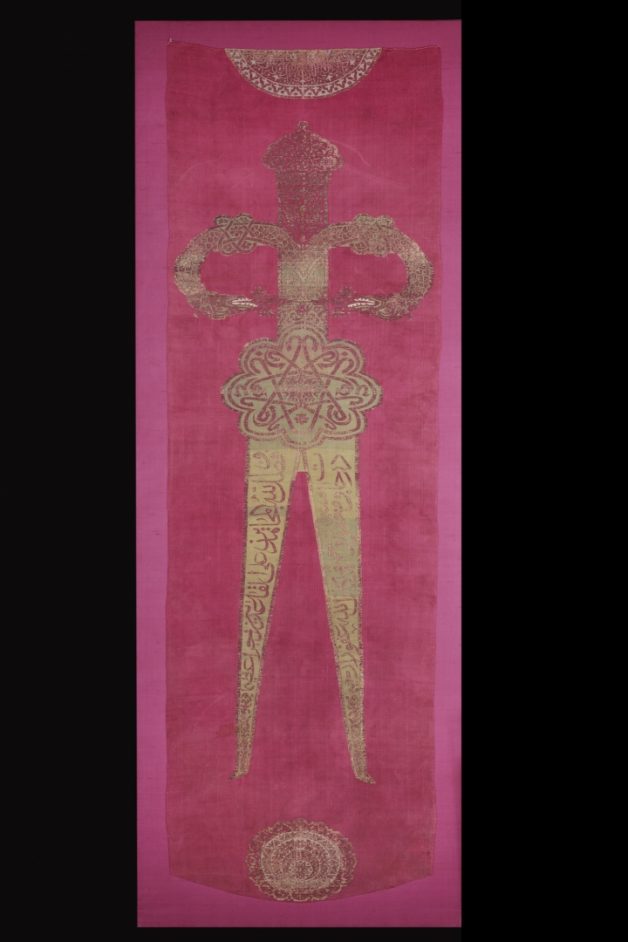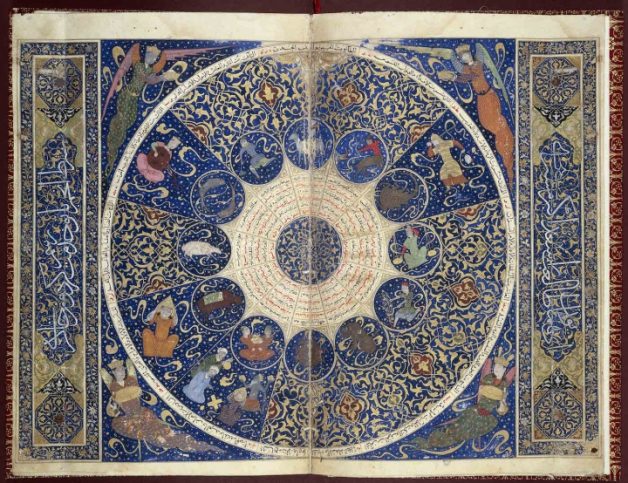 Divination, Geomancy, and the Supernatural in Islamic Art
Divination, Geomancy, and the Supernatural in Islamic Art
from Allison Meier for HYPERALLERGIC
Over 100 rare objects from the 12th to 20th centuries are used to explore the role of the supernatural in Islamic art at the Ashmoleon Museum in Oxford.
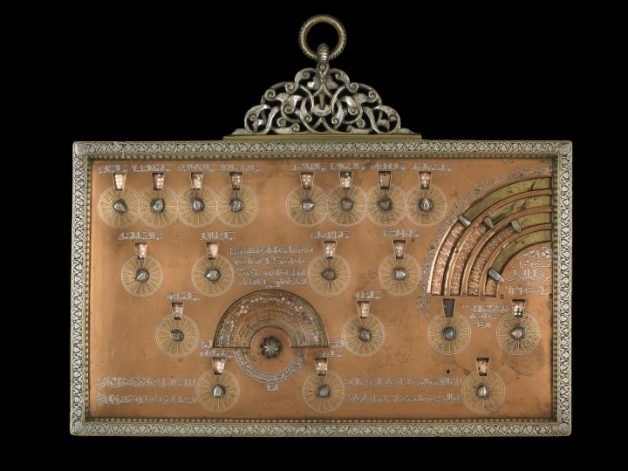
Geomantic tablet signed by Muhammad ibn Khutlukh al-Mawsili; owned by Muhammad al-Muhtasib al-Najjari (Probably from Damascus, Syria, 1241–42), brass alloy, inlaid with silver and gold (© Trustees of the British Museum)
Although it has manifested in ways that are manifold, the human belief in the supernatural is something that’s shared across cultures. At a time when misconceptions of Islam have fueled anxiety, such as in the recent US presidential campaign, an exhibition at the University of Oxford is examining the religion through the lens of astrology, divination, and other occult practices to bring to light something that’s universal to our history.
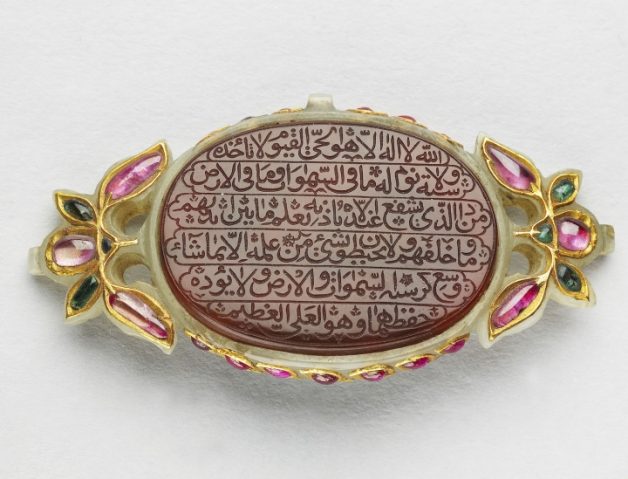
Amulet (India, late-17th to early-18th century), Cornelian inscribed and jade inlaid with gold and inset with emeralds and rubies (© Ashmolean Museum, University of Oxford)
Power and Protection: Islamic Art and the Supernatural
Finial in the shape of the “Hand of Fatima” (possibly from Hyderabad, India, late-18th to early-19th century), gold on a lac core with rubies, emeralds, diamonds, and pearls (courtesy Nasser D. Khalili Collection, London, © Nour Foundation, the Khalili Family Trust)
Power and Protection: Islamic Art and the Supernatural opened last month at Oxford’s Ashmolean Museum of Art and Archaeology. It includes an online exhibition, through which you can also access curatorial audio tracks. Power and Protection features over 100 exquisitely crafted objects, many on their first public display, on loan from private and public collections. Imam Monawar Hussain, the founder of the interfaith Oxford Foundation, stated in a release: “In sharing this aspect of the Islamic tradition — one that is common across many different religions — at a time of such misunderstandings about Islam, I am convinced that this exhibition will help to deepen and enrich people’s appreciation of our faith.”………
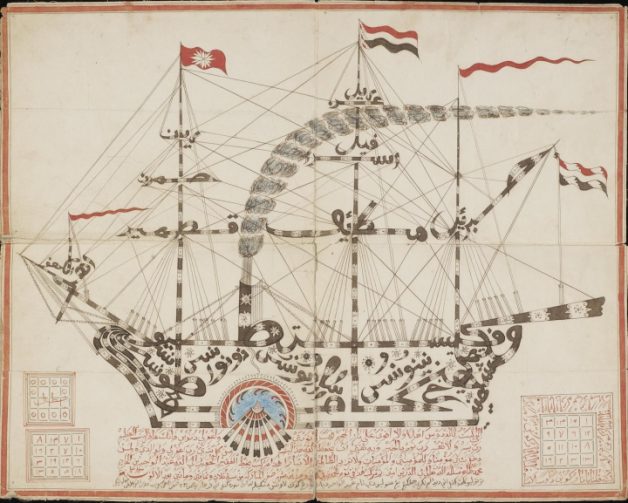
Djimah in the form of a warship with the names of the “Seven Sleepers of Ephesus” signed ‘Abdul Wahid ibn al-Haji Muhammad Tahir (Cangking, West Sumatra, Indonesia, July 6, 1866), colored inks on paper backed on cloth (© Bodleian Libraries, University of Oxford)
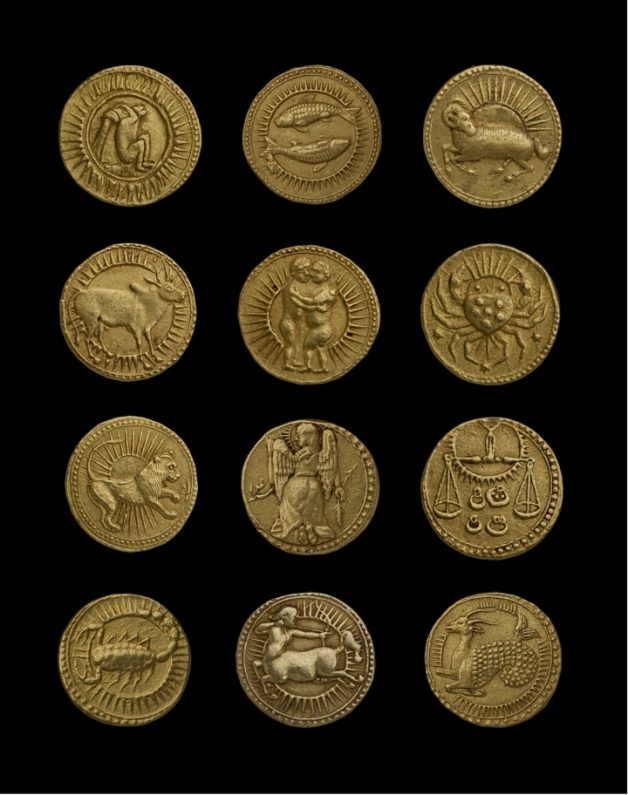
Set of 12 coins of Emperor Jahangir with signs of the Zodiac (Agra, India, 1618–23), gold (© Ashmolean Museum, University of Oxford)
Power and Protection: Islamic Art and the Supernatural continues at the Ashmolean Museum of Art and Archaeology (Beaumont Street, Oxfordm England) at the University of Oxford through January 15, 2017.
See Full Article from HYPRALLERGIC below:
See ASHMOLEAN’s link to exhibition here: POWER & PROTECTION

